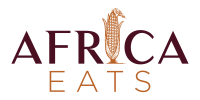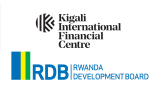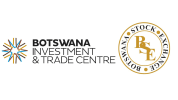Boosting Cameroon’s Economy Through Exports
Cameroon’s economy is deeply intertwined with its export sector. From petroleum products to agricultural commodities, exports play a pivotal role in the nation’s economic health.
Analyzing trade data provides insights into the country’s economic performance. It also highlights potential strategies for boosting the export sector.
In this article, we delve into the intricacies of Cameroon’s exports. We’ll explore key commodities, main trade partners, and government initiatives aimed at enhancing export performance. Join us as we uncover the potential of Cameroon’s economy through exports.
The Backbone of Cameroon’s Economy: Key Export Commodities
Cameroon’s export sector is diverse. It spans from energy resources to agricultural products. This diversity is a strength, but it also presents challenges.
The key commodities in Cameroon’s export basket include:
- Crude oil
- Cocoa
- Coffee
- Cotton
- Timber
These commodities form the backbone of the country’s economy. They generate significant trade revenues and support many livelihoods.
Petroleum Products: The Leading Export
Crude oil is the star of Cameroon’s export sector. It contributes significantly to the country’s trade revenues. This dominance, however, makes the economy vulnerable to global oil price fluctuations.
Despite this, petroleum products remain a crucial part of Cameroon’s export strategy. They offer a steady stream of income and help balance the trade books.
Agricultural Exports: Cocoa and Coffee
Agriculture is another key player in Cameroon’s export sector. Cocoa and coffee, in particular, stand out. They are not just commodities, but symbols of Cameroon’s rich agricultural heritage.
These crops provide income for thousands of farmers. They also contribute to the country’s trade balance. However, their potential is often hampered by challenges such as climate change and market volatility.
Cameroon’s Trade Partners and Balances
Cameroon’s export sector is not an island. It is connected to a network of global trade partners. These partners play a crucial role in the country’s economic health.
The main trade partners of Cameroon include:
- China
- The European Union
- India
These partners absorb a significant portion of Cameroon’s exports. They provide markets for its commodities and contribute to its trade balance.
Main Export Destinations: China, EU, and India
China, the European Union, and India are key destinations for Cameroon’s exports. They offer vast markets for its commodities. This helps to keep the country’s trade balance in check.
However, reliance on a few markets can be risky. It exposes the country to economic shocks in these regions. Diversifying export destinations is therefore a key strategy for Cameroon.
Overcoming Challenges to Boost Exports
Boosting Cameroon’s exports is not without challenges. Infrastructure deficits and trade barriers are among the key hurdles. These challenges can hamper the growth of the export sector.
Addressing these issues is crucial. It can enhance the competitiveness of Cameroon’s exports. This can lead to increased trade revenues and economic growth.
Infrastructure and Trade Barriers
Infrastructure deficits can limit export capabilities. Poor transport networks can increase the cost of exporting goods. This can make Cameroon’s exports less competitive.
Trade barriers also pose a challenge. High tariffs and non-tariff barriers can limit access to key markets. Overcoming these barriers is essential for boosting Cameroon’s exports.
Government Initiatives and Export Diversification
The government of Cameroon is taking steps to boost exports. It has implemented policies to encourage export diversification. This is aimed at reducing dependency on a few commodities.
Diversification can enhance the resilience of the export sector. It can also open up new opportunities for growth.
The government is also focusing on export promotion. This is aimed at enhancing competitiveness in international markets.
Vision 2035 and Export Promotion Strategies
The government’s Vision 2035 aims to transform Cameroon. The goal is to become an emerging economy through increased exports. This vision recognizes the role of exports in driving economic growth.
Export promotion strategies are being developed. These strategies aim to enhance the competitiveness of Cameroon’s exports. They are crucial for achieving the goals of Vision 2035.
The Future of Cameroon Exports
Looking ahead, the future of Cameroon’s exports seems promising. The country is exploring new sectors for export growth. These include the services sector, tourism, and IT services.
The adoption of technology and digitalization is also on the rise. This is expected to enhance trade efficiency.
Environmental sustainability and ethical sourcing are becoming key considerations. These factors are influencing global trade preferences and Cameroon’s export strategies.
Emerging Sectors and the AfCFTA Opportunity
The African Continental Free Trade Area (AfCFTA) presents a significant opportunity. It could open new markets for Cameroon’s exports.
Emerging sectors like tourism and IT services have potential. They could become significant contributors to Cameroon’s export revenues.













































